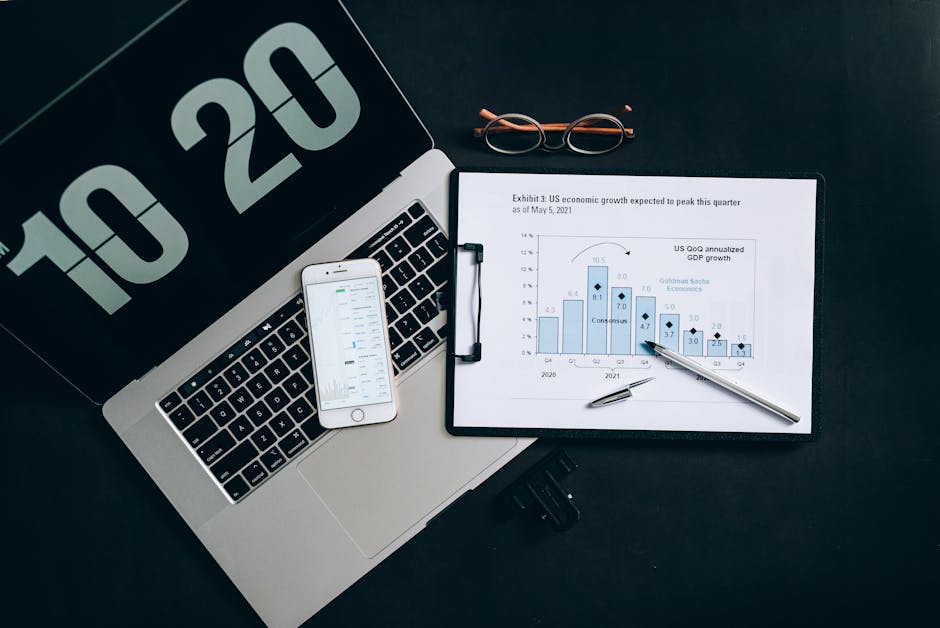- Sell-through Rate
- A measure of the amount of inventory sold versus the amount received. Critical in assessing product performance and strategy formulation.
- Phantom Inventory
- Inventory that is recorded in the system but is not physically present, leading to inaccuracies in data reporting and forecasting.
Transformative Retail Forecasting: The Automated Leap
Picture a retail operations leader at Decathlon, working late into the night, sifting through mountains of spreadsheets. Every row held the risk of miscalculation in the sell-through rate, a metric that could make or break product strategy. Today, automation has transformed this laborious process. Predictive analytics now provide real-time insights that not only uncover risks but also spotlight upcoming opportunities. Big players like Walmart are already ahead, using data precision to outperform competitors—a clear sign that embracing predictive insights is not just optional, but essential.

Data-Driven Decision-Making in Retail
Tools like Stackline Beacon are redefining retail leadership. By shifting the focus from backward-looking analyses to forward-thinking strategies, these systems uncover hidden trends—much like discovering a new best-seller hidden in an expansive Target aisle. When integrated with platforms such as SAP Sales Cloud, artificial intelligence helps forecast customer behavior and market trends. This dynamic reporting framework transforms static data into a living roadmap for the future, empowering leaders to make decisions rooted in concrete evidence.
Automation: The New Gold Standard in Forecasting
Automation brings an operational precision akin to a well-organized supply chain at a bustling distribution center. With advanced algorithms similar to those in Alteryx Auto Insights, systems now detect non-compliant listings and flag data discrepancies in real time. The outcome is a significant reduction in manual data entry, improved compliance, and enhanced audit readiness. I helped build an auto-triage tool that used OpenAI API + internal escalation rules to sort customer tickets by sentiment and urgency—proving that automation not only streamlines processes but also powers proactive problem-solving.
Navigating Challenges with Tactical Solutions
Transitioning to automated reporting is not a magic trick. Much like adjusting to a new game plan on the big stage of a WNBA playoff, it demands robust data management and continuous validation. Many retail organizations start small, piloting tools like Stackline Beacon before a system-wide rollout. This phased approach minimizes disruption, ensuring that both agility and accuracy are maintained. Thoughtful planning mitigates risks and transforms challenges into tactical advantages.
Gearing Up for the Retail Future
In retail, as in sports, precision matters. Just as an elite athlete continually refines their performance, retail leaders must harness predictive insights to stay ahead. Automation simplifies reporting tasks, granting decision-makers more time to strategize long-term. Whether it’s a predictive alert for a Saturday rush at IKEA stores or detecting emerging trends at a community pop-up shop, the integration of advanced data systems marks the beginning of a new era: one where every sales forecast is a calculated step toward sustainable success.
Blunt Takeaway: As automation sweeps through retail, leaders face a stark choice—remain mired in spreadsheets or modernize and transform every sales forecast into a strategic powerhouse.
| Manual Reporting | Automated Reporting |
|---|---|
| Relies on spreadsheets and manual entry. | Utilizes real-time, API-fed dashboards. |
| Prone to human errors and delays. | Reduces audit risk with heightened precision. |
| Significant lag between data collection and reporting. | Instant notifications and minimal deviation. |
| Limited scalability in handling large volumes of data. | Easily scales to manage real-time data flows and insights. |
| Keywords: retail automation, forecasting accuracy, data-driven decision-making, predictive insights. | |